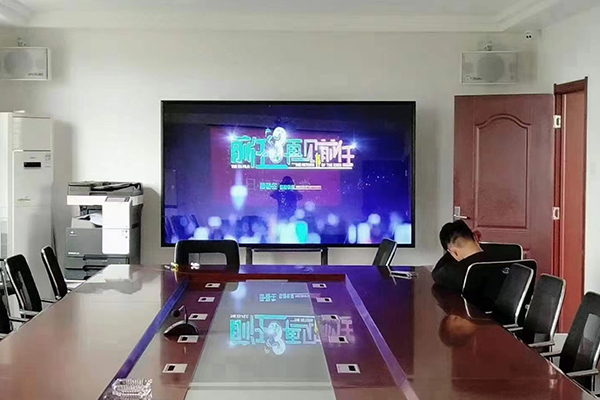How to Choose an Interactive Whiteboard for Your Classroom
How to Choose an Interactive Whiteboard for Your Classroom
What is an Interactive Whiteboard?
How to Choose the Right Interactive Whiteboard
Final Thoughts on Interactive Whiteboards for Your Classroom
Interactive whiteboards are making a significant impact in schools that have chosen to embrace EdTech in the classroom. The upgrade from the traditional talk and talk lesson is monumental and the learning opportunities they bring to the classroom are endless. But choosing an interactive whiteboard can be daunting as there are several technical features to understand, especially within the context of how and who they serve.
In this article, we’ll explain which features to look for and why they matter. You can also visit the ViewSonic education solutions page where you’ll find additional valuable insights into EdTech and the modern classroom.
Interactive whiteboards (IWBs) are an important step to meeting tech-savvy learners on common ground. With instant access to multimedia, touchscreen collaboration, and digital gamification baked into lessons, teachers now have the tools to engage modern learners in a way that feels familiar, relevant, and fun.
In this article, we’ll explain the key features to look out for when comparing interactive whiteboards in a rapidly growing and increasingly competitive marketplace, and how they relate to each of the three users: students, teachers, and IT support.
What is an Interactive Whiteboard?
An interactive whiteboard replaces the traditional chalk or marker whiteboard with a large interactive display capable of digitizing the entire lesson process, from planning to presentation to collaboration and even revision, quizzes, and games.
With internet access, audio and video support, touch screen functionality, and digital whiteboarding software, interactive whiteboards empower teachers to create engaging lessons that resonate with all kinds of learners to improve student outcomes.
Remote Display Management
Remote display management streamlines the role of IT support through simple and simultaneous management of multiple displays, meaning a single staff member with management access can control all the IWBs within a school from anywhere with an internet connection.
A significant benefit for schools investing heavily in IWBs, remote device management allows for actions such as software updates, message broadcasting, power on/off, and display changes to be orchestrated simultaneously across all classrooms, in groups (e.g., high school classrooms only), or individually, allowing IT support to easily respond to technical requests on-site or when working from home.
Digital Learning Software
Some interactive whiteboards offer basic digital whiteboarding software, while others can provide an entire solution capable of streamlining and digitizing every stage of the learning process, from lesson prep to presentation to revision and testing. IWBs with access to the latter will be beneficial to all users as EdTech continues to develop and provide schools with more efficient, exciting, and engaging tools to improve the way we learn.
Final Thoughts on Interactive Whiteboards for Your Classroom
When choosing an interactive whiteboard for your classroom, be sure to consider each feature in terms of how it assists the user. Connectivity and digital software are a particular pain point for teachers as they worry about facing technical issues and compatibility problems when heading into every class. Touch technology, audio, and eye-care will all have a significantly positive impact on student engagement if supported properly. And finally, for schools considering multiple IWBs, a comprehensive management system will greatly reduce the strain on IT teams and instead show just how efficiently daily operations can be streamlined through EdTech.

